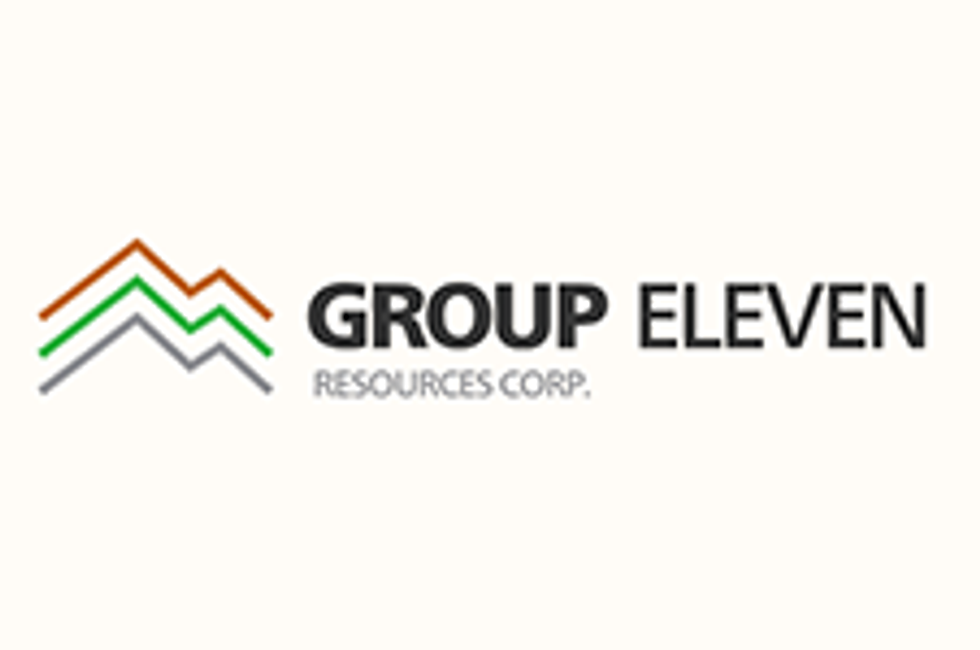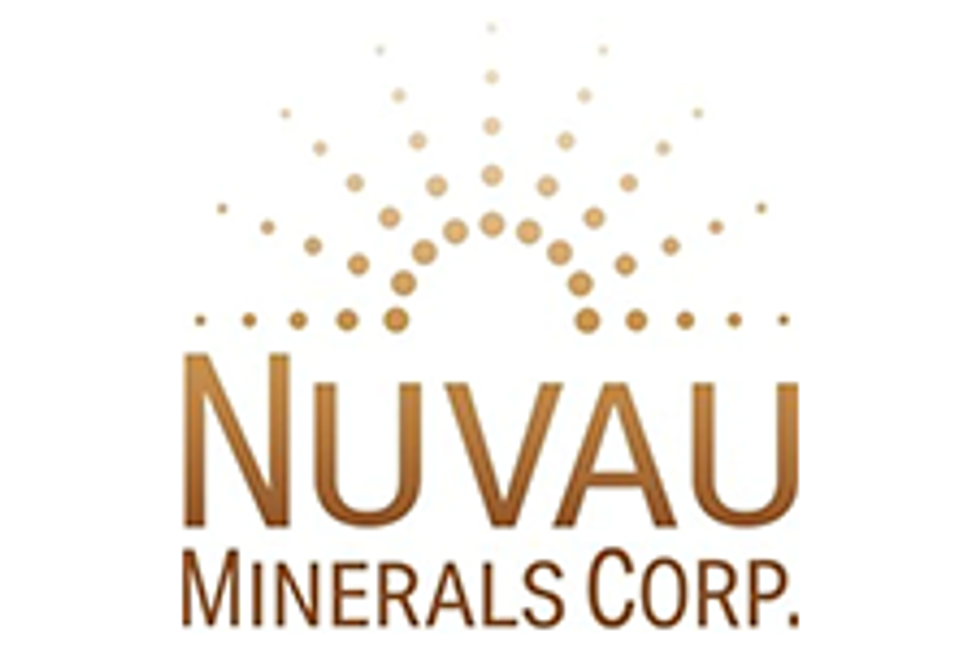Zinc juniors face a rocky road and less support from China before they can expect zinc market deficits to materialize.

After years of waiting for prices to signal the end of stockpiles and a need for new zinc, it looks like junior zinc producers have not yet reached the Promised Land.
Despite a rapid rise in LME cash buyer zinc prices at the beginning of the year, price drops of more than ten percent – back to the US $1,900/ton level this week – and turbulent debt markets are providing roadblocks for junior and exploration zinc miners.
Smaller-scale zinc ore extraction operations are now facing a sixth consecutive year of surpluses, adding to global LME inventories, which at 943,325 tonnes are already inflated. Expected closures of several zinc mines in the coming years have been one of the few saving graces for companies hoping to match their production schedules with mine closures across zinc markets.
“This medium term story is propping the price up more than it should do,” BNP Paribas strategist Stephen Briggs told Reuters. Briggs also said prices could go as low as US$1,700 before companies really begin to shut their doors
The same Reuters article also cites Macquarie analyst Duncan Hobbs as saying that high-cost, small-scale, and low-grade mines in China are struggling most right now, but many companies will be tested if cash buyer prices move below US$1,800 per tonne.
Earlier this week, Yukon lead-zinc developer Selwyn Chihong Mining, a joint venture between Selwyn Resources (TSXV:SWN) and Yunnan Chihong Zinc and Germanium Co. (SHA:600497), announced that it is downsizing plans for its lead-zinc mine in the Eastern Yukon. Its initial plan for two-open pit mines that would extract 20,000 tonnes of ore per day has been trashed, with an underground 3,500-tonne-per-day operation that will use underground mining techniques winning out instead.
Noting changing metal and construction prices and tough competition for skilled workers, Selwyn CEO Harlan Meade said “[g]iven these fairly volatile debt markets that we are all facing, a smaller project is definitely going to be easier to finance.”
Asia’s role
With flagging macro indicators, the Chinese government recently gave hope to zinc markets by announcing that it will become actively engaged in attempts to spur the economy via infrastructure investment support in the fourth quarter of this year.
Zinc’s use in galvanized steel was heavily shaken in China after real estate markets were thought to be overinflated and rail line expansions were halted after a 2011 train accident.
Japan’s zinc exports to China have also finally come back online, with April refined zinc metal exports up 80 percent on the year. Last year Japan lost some 70 percent of total zinc refining capacity to the earthquake-tsunami disaster.
But while many hope to place the role of market saviour on China, some zinc industry dynamics within the country have raised questions as to how much capacity for new raw zinc ore the country has.
Andy Home of Reuters recently highlighted the divergence of zinc concentrate imports and demand for refined zinc products. Despite China’s 19 percent increase in concentrate imports between January and April of this year, along with a steady build out in smelting and refining capacity, China has actually seen a 31 percent fallback in zinc concentrate imports in 2012, down to 658,000 tonnes.
Home suggests that combined with historically high zinc inventories of 348,785 tonnes registered with the Shanghai Futures Exchange, and a 23 percent increase in Chinese zinc mine production – and a dose of scepticism regarding the accuracy of Chinese data – the Chinese zinc market has an ever-rising degree of self-sufficiency.
Combine this dynamic with the recent news that Glencore (LSE:GLEN) has been moving zinc to inaccessible warehouse locations, forcing industrial users to pay high physical premiums for a metal that is in surplus, and the market begins to look increasingly polarized and dominated by fewer players.
The end result is an increasingly complex market with greater potential payouts and burnouts in the exploration and junior zinc mining space.
Securities Disclosure: I, James Wellstead, hold no investment interest in any company mentioned in this article.


